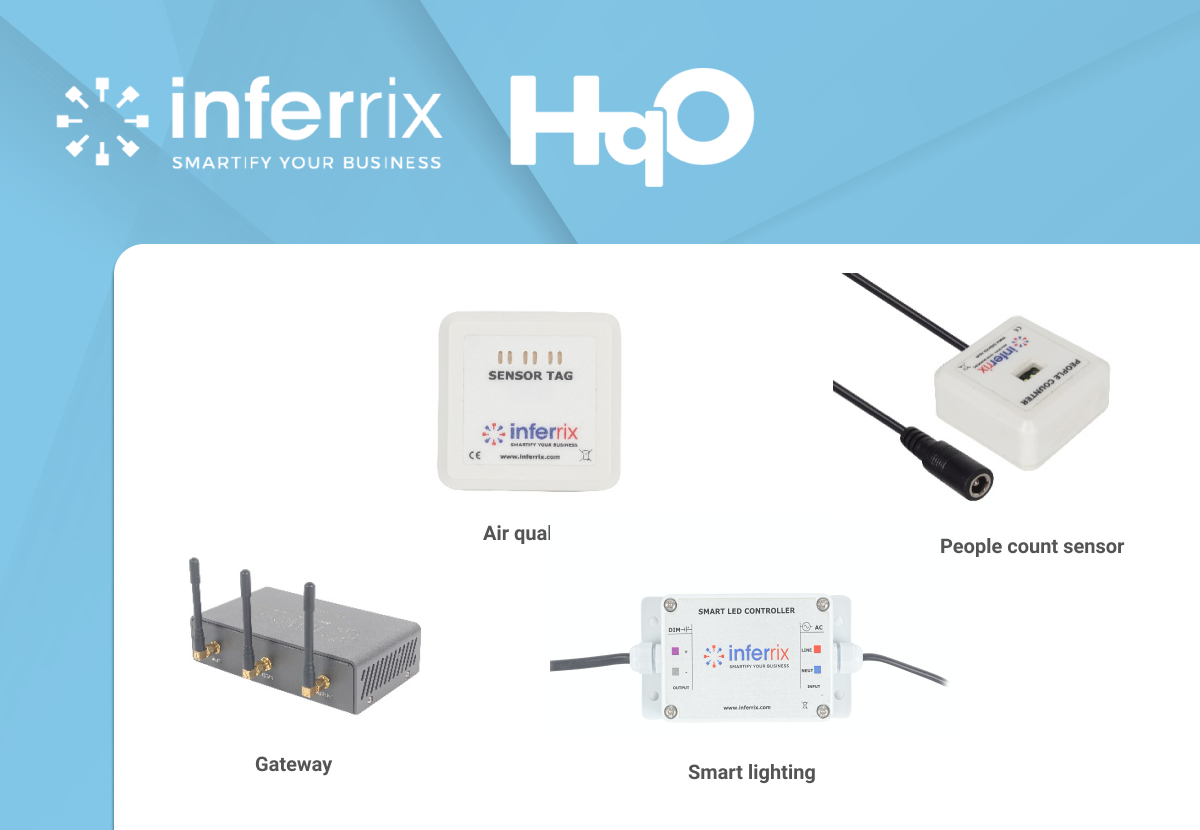The events over the last 12 months have been unprecedented. We have all had to adapt to a new way of life, on both personal and professional fronts. The future of work may change forever, and there are many facets to this transformation. However, there is one very visible and positive change: the significant increase in the rate of adoption of technology-driven approaches by the commercial real estate (CRE) industry to mitigate the effect of this pandemic on their occupants and infrastructure. This is particularly impactful because traditionally, CRE companies have been slow to adopt new technologies.
In the short-term, this means embracing a wide range of remote working technologies, data-driven approaches to managing empty buildings, and COVID-19 safety associated technologies, including: contact-tracing solutions, UVC lighting, robotic sanitization, and so on. There are many more considerations around what this means for the long-term. Let’s take a look.
The Office, Post-Vaccine
We can sort the uncertainties around the future of work into three buckets, all of which are related:
- The Wellbeing Bucket: A focus on staff and tenant health
- The Productivity Bucket: A focus on staff and tenant productivity
- The Net-Zero Bucket: A focus on energy usage optimization
No matter the topic, there are a lot of questions to consider when it comes to the future of the workplace:
What will it look like? Will offices have to be ‘reimagined’? What level of flexibility, or ‘flex space,’ will be required? What percentage of the workforce is expected back full-time? Is productivity an issue? What role will ‘office buildings’ play in attracting and retaining talent? How would you marry all these priorities with the ESG and Net-Zero commitments of all stakeholders?
Perhaps most important is the following question: What needs to be done to build confidence and attract the workforce back to offices?
There is a complex web of technologies and products trying to address pieces of the jigsaw created by the questions above. The temptation to solve discrete issues through a tactical approach is extremely high – which could cause CRE leaders confusion due to having disparate or fragmented technology systems working on different protocols. Therefore, we would recommend the following key aspects be taken into consideration when strategizing the future of the office:
- Integration Complexity – Impacting Project Success: Having many devices, protocols, and product companies leads to huge complexity, high-risk, and cost and time overruns.
- Management of Sensors and Field Devices, including Security Updates: Maintaining and updating the sensors over the life cycles of so many devices and protocols will be impossible.
- Device Management: Complex and expensive device management will be required in any disparate set-up.
- Cloud-Heavy Downsides – The Lack of Edge-Intelligence: The amount of data generated from each facility will be immense, and all of it cannot be sent to the cloud. Mountains of unstructured data must be intelligently processed at the edge for faster response, better reliability, and to reduce bandwidth usage.
- Legacy Compatibility: There are pre-existing systems within buildings that need to take action based on insights and analytics from sensors. This should be an integral part of your considerations. For instance, while it is good to know the air quality in the building, is that information triggering an increase in fresh air supply?
Approaching the Return to Work
The ideal approach would be to have a cohesive strategy, with a unifying underlying technology that interoperates seamlessly with pre-existing building products and systems. For example, Inferrix provides an end-to-end product stack for CRE teams and service providers that pairs over 16 types of wireless mesh connected sensors and intelligent gateways to connect with a powerful and intuitive web-based platform.
Inferrix, a member of the HqOS Marketplace, looks forward to engaging with owners and operators to holistically shape — through a vertically pre-integrated open product stack — the future of the workplace. Please contact us at [email protected] to learn how we can assist.
The opinions expressed by HqO Guest Bloggers and those providing comments are theirs alone, and do not reflect the opinions of HqO, any subsidiary or affiliate of the same, or any employee thereof. Although the articles are thoroughly reviewed by HqO staff, the views, opinions and positions expressed within these guest posts are those of the author alone. The accuracy, completeness and validity of any statements made within each article are not guaranteed. We accept no liability for any errors, omissions or representations. The copyright of this content belongs to the author and any liability with regards to infringement of intellectual property rights remains with them.



